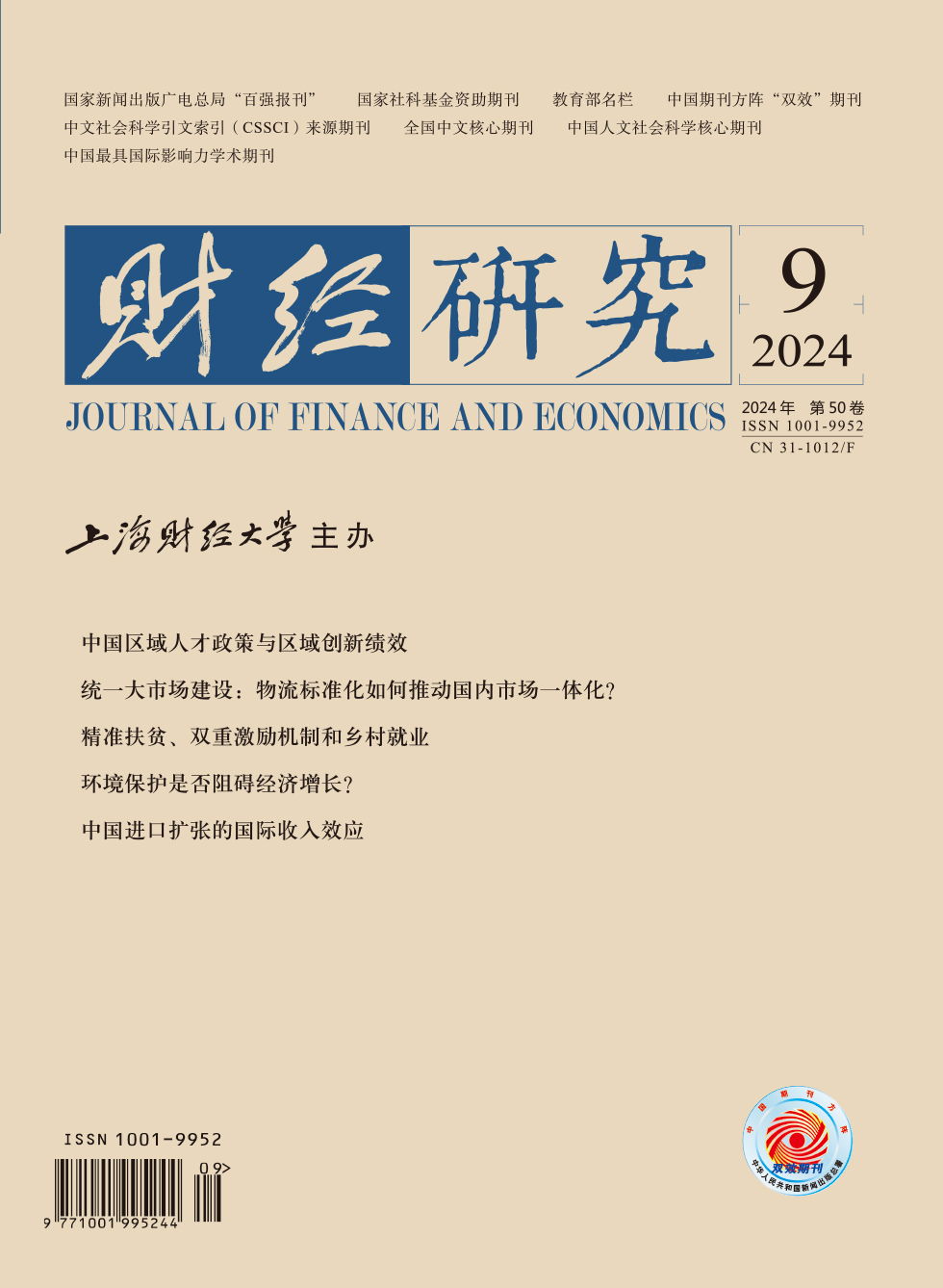Rural subsistence allowance is an important social security policy that targets impoverished (low-income) families and serves as a crucial measure for consolidating and expanding the achievements of poverty alleviation. As the core component of “social assistance”, subsistence allowance will continue to play a positive role in the new stage of development.
Drawing on the data from the Chinese Social Survey in 2021, this paper defines and scientifically measures the connotation of household poverty reduction resilience from the perspectives of absolute poverty and relative poverty.
Regression analysis reveals that subsistence allowance can significantly enhance the poverty reduction resilience of rural households, and this effect becomes greater with the increase of resilience standards. Mechanism testing indicates that subsistence allowance affects the poverty reduction resilience of rural households by augmenting household welfare income and enhancing human capital investment. In addition, based on the constructed poverty reduction resilience indicators for rural households, it reveals that China’s current target rate for subsistence allowance is at a relatively low level.
The conclusions of this paper have important implications for consolidating and expanding the achievements of poverty alleviation and improving the subsistence allowance system in China. Starting from the perspective of poverty reduction resilience, it examines the impact and target rate of subsistence allowance on the poverty reduction resilience of rural households, emphasizing the need for dynamic identification of low-income families.
In addition, it underscores the necessity not only to provide “blood transfusions” to rural households, but also to enhance their own “hematopoietic function”, thus preventing the social phenomenon of “nurturing laziness” through subsistence allowance.





 1632
1632  1639
1639

